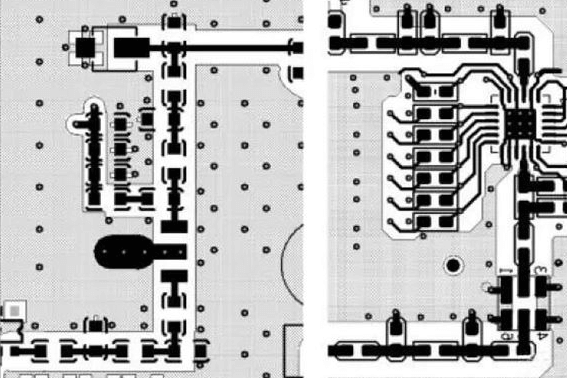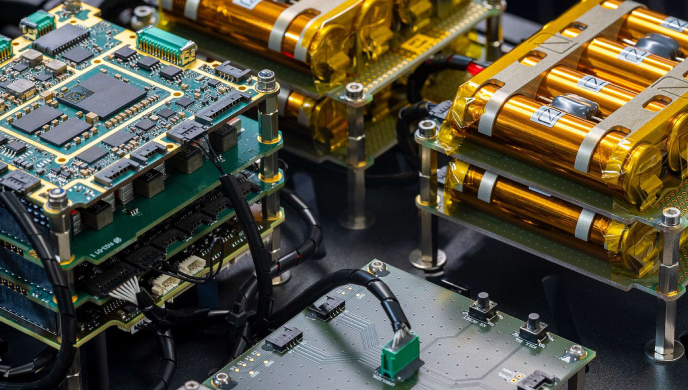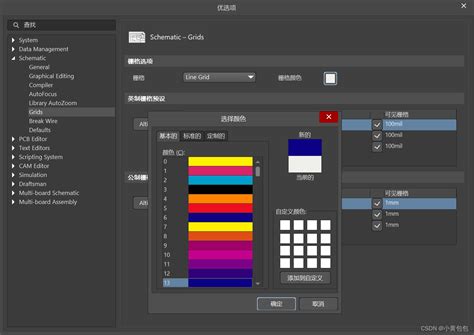How to Significantly Reduce PCB Occupied Space: A Comprehensive Guide
Introduction
In today’s rapidly evolving electronics industry, the demand for compact, high-performance devices continues to grow. Printed Circuit Board (PCB) space optimization has become a critical factor in product design, affecting everything from consumer electronics to industrial equipment and medical devices. Reducing PCB occupied space not only allows for smaller product form factors but can also lower manufacturing costs, improve signal integrity, and enhance thermal performance. This article explores proven strategies and innovative techniques to significantly minimize PCB footprint without compromising functionality or reliability.

1. Component Selection and Placement Strategies
1.1 Choosing Space-Efficient Components
The foundation of space reduction begins with careful component selection:
- Surface Mount Devices (SMDs): Always prefer SMD components over through-hole parts. SMDs typically occupy 30-70% less space and don’t require drilling holes through the board.
- Miniature Packages: Opt for the smallest feasible package sizes (0402, 0201, or even 01005 for passives) while considering manufacturability and thermal requirements.
- Integrated Circuits: Select highly integrated ICs that combine multiple functions. For example, a combo IC with power management, microcontroller, and wireless connectivity can replace three separate chips.
- Embedded Components: Consider embedded passive components (resistors, capacitors) within the PCB layers for space-critical applications.
1.2 Advanced Placement Techniques
Strategic component placement can dramatically reduce board space:
- Double-sided Assembly: Utilize both sides of the PCB for component placement. Modern assembly techniques reliably support this approach.
- High-Density Interconnect (HDI): Implement HDI design principles with microvias and fine-pitch components to maximize component density.
- Component Stacking: Carefully stack components where possible, ensuring thermal and electrical compatibility. For example, place small passives beneath larger ICs.
- 3D Component Arrangement: Consider the vertical dimension by using components with different height profiles to optimize the XY footprint.

2. PCB Layout Optimization Techniques
2.1 Efficient Routing Strategies
- Layer Optimization: Use the appropriate number of layers for your design complexity. While adding layers increases cost, it may reduce overall board size significantly.
- Via Selection: Employ microvias (0.1mm or smaller) and blind/buried vias to save space compared to traditional through-hole vias.
- Track Width Reduction: Use the minimum possible trace widths for signals that can tolerate them, freeing up routing channels.
- Bus Routing: Group related signals together in carefully planned buses to minimize meandering and wasted space.
2.2 Copper and Plane Optimization
- Copper Pour Techniques: Implement smart copper pours that serve both as ground/power planes and heat dissipation paths.
- Partial Internal Planes: Use split planes or partial internal planes in multilayer boards to accommodate different voltage requirements without dedicating full layers.
- Via-in-Pad: Utilize via-in-pad technology to place vias directly in component pads, eliminating the need for fan-out space.
3. Advanced Design Methodologies
3.1 Modular and Flexible Circuit Approaches
- Rigid-Flex PCBs: Combine rigid and flexible sections to create three-dimensional assemblies that save space compared to traditional rigid boards with connectors.
- System-in-Package (SiP): Implement SiP solutions where multiple dies are packaged together, reducing the PCB footprint of what would otherwise be discrete components.
- Chip-on-Board (COB): For very high-density applications, consider direct chip attachment to the PCB without traditional packaging.
3.2 Design for Manufacturing (DFM) Considerations
While minimizing space, maintain manufacturability:
- Maintain Proper Clearances: Adhere to minimum spacing rules for assembly and reliability.
- Test Access: Ensure adequate space for test points or consider boundary scan techniques for high-density designs.
- Thermal Management: Account for heat dissipation in compact layouts through thermal vias, exposed pads, or strategic copper areas.
4. Software and Tool Utilization
4.1 Advanced EDA Tools
Leverage modern Electronic Design Automation (EDA) tools:
- Auto-routing with Constraints: Use sophisticated auto-routers with carefully defined constraints to optimize space usage.
- 3D Visualization: Utilize 3D PCB visualization to identify space-saving opportunities in the vertical dimension.
- Design Rule Checking (DRC): Implement aggressive but manufacturable design rules to push density limits safely.
4.2 Simulation and Analysis
- Signal Integrity Analysis: Verify that space-saving measures don’t compromise signal quality, especially for high-speed designs.
- Thermal Simulation: Ensure adequate thermal performance in the compact layout.
- Mechanical Stress Analysis: Assess the board for potential stress points in high-density areas.
5. Emerging Technologies and Future Trends
5.1 Innovative Approaches
- Embedded Active Components: Emerging techniques allow embedding active components within the PCB substrate.
- 3D Printed Electronics: Additive manufacturing enables novel component arrangements impossible with traditional methods.
- Advanced Materials: High-performance substrates allow tighter designs by offering better electrical and thermal characteristics.
5.2 System-Level Optimization
- Functional Integration: Re-examine system architecture to eliminate redundant circuits or combine functions.
- Wireless Connections: Replace some wired connections with short-range wireless links where appropriate.
- Power Delivery Optimization: Implement efficient power architectures that minimize power component footprints.

Conclusion
Reducing PCB occupied space requires a multifaceted approach combining careful component selection, advanced layout techniques, and innovative design methodologies. By implementing the strategies outlined in this article—from basic component choices to cutting-edge technologies—designers can achieve significant space savings while maintaining or even improving product performance and reliability.
The key to success lies in balancing competing requirements: density versus manufacturability, compactness versus thermal performance, and miniaturization versus serviceability. As electronic devices continue to shrink, mastering these space-reduction techniques will become increasingly valuable for PCB designers and engineers across all industries.
Future advancements in materials science, manufacturing processes, and design tools will undoubtedly provide even more opportunities for PCB space optimization. Staying informed about these developments and continuously refining space-saving skills will position designers to meet the ever-growing demand for smaller, more powerful electronic devices.





